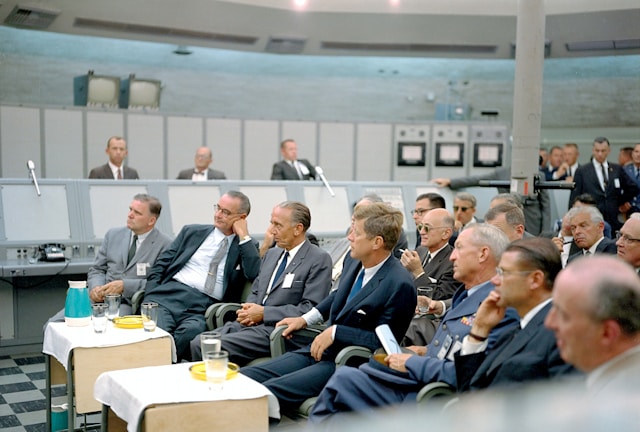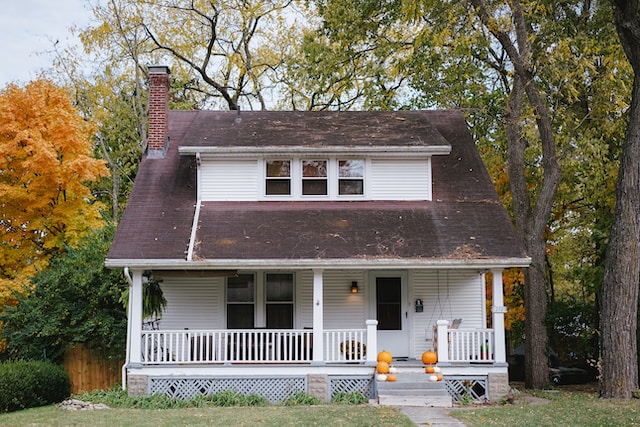Introduction
The transition to renewable energy sources like solar and wind power is reshaping urban landscapes globally. As cities grapple with the need for sustainable energy solutions, these technologies offer promising avenues to reduce carbon footprints, enhance energy security, and promote environmental sustainability. This article explores how solar and wind power are transforming urban areas, highlighting innovations, benefits, and future prospects.
The Rise of Urban Solar Power
Urban areas, with their high energy demands, are increasingly adopting solar power solutions. Rooftop solar installations are becoming a common sight in cities, leveraging the vast expanse of unused roof space to generate electricity.
“Rooftop solar systems are revolutionizing urban energy landscapes, providing a decentralized and efficient way to harness solar energy,” says renewable energy expert Dr. Anita Patel.
In addition to residential rooftops, commercial buildings and public structures are also integrating solar panels. This not only reduces electricity bills but also contributes to cleaner air by decreasing reliance on fossil fuels.
Solar Farms and Urban Planning
Solar farms are large-scale solar installations that can power entire neighborhoods or districts. Urban planners are incorporating solar farms into city designs to ensure a steady supply of renewable energy.
“Integrating solar farms into urban planning is essential for creating sustainable cities,” notes urban planner Mark Robinson.
For example, the Bhadla Solar Park in India is one of the largest solar farms globally, showcasing the potential of solar power in meeting urban energy needs.
Innovations in Solar Technology
Advancements in solar technology are making it more accessible and efficient. Innovations such as thin-film solar cells, bifacial panels, and solar skins are expanding the possibilities of solar energy in urban environments.
“Technological advancements are driving down costs and improving the efficiency of solar panels, making them more viable for urban applications,” explains tech entrepreneur Sarah Johnson.
Thin-film solar cells, for instance, are lightweight and flexible, allowing them to be installed on a variety of surfaces, including windows and facades. Solar skins, which blend with the aesthetic of buildings, are also gaining popularity for their ability to maintain the architectural integrity of urban spaces.
Wind Power in Urban Areas
Wind power, traditionally associated with large, rural wind farms, is also making inroads into urban areas. Small-scale wind turbines are being installed on buildings and in public spaces, harnessing urban wind currents to generate electricity.
“Urban wind turbines offer a complementary solution to solar power, tapping into another renewable resource available in cities,” says environmental engineer Dr. James Lee.
These turbines are designed to operate efficiently in turbulent wind conditions typical of urban environments. They can be mounted on rooftops or integrated into streetlights and other infrastructure, contributing to the city’s renewable energy portfolio.
Benefits of Urban Renewable Energy
The adoption of solar and wind power in urban areas offers numerous benefits. Firstly, it reduces greenhouse gas emissions, mitigating the impact of climate change. Secondly, it enhances energy security by diversifying the energy supply and reducing dependence on imported fuels.
“Renewable energy sources like solar and wind are critical for reducing our carbon footprint and achieving energy independence,” states energy policy analyst Maria Rodriguez.
Moreover, the local generation of electricity reduces transmission losses, making the energy supply more efficient. It also creates jobs in the installation, maintenance, and management of renewable energy systems, boosting local economies.
Case Studies: Success Stories
Several cities around the world are leading the way in adopting renewable energy solutions. Copenhagen, for example, aims to become carbon-neutral by 2025, with a significant portion of its energy coming from wind turbines and solar panels.
“Copenhagen’s ambitious renewable energy goals demonstrate what is possible when cities commit to sustainable practices,” remarks sustainability consultant Lars Jensen.
Similarly, San Francisco has implemented policies to promote solar installations on new buildings, contributing to its goal of sourcing 100% of its electricity from renewable sources by 2030.
Challenges and Solutions
Despite the benefits, there are challenges to the widespread adoption of solar and wind power in urban areas. These include high initial costs, regulatory barriers, and the need for technological adaptations to fit urban settings.
“Overcoming financial and regulatory hurdles is crucial for the successful implementation of renewable energy projects in cities,” notes analyst Karen Smith from miglioricasinoonlineaams.com/unique-casino.
To address these challenges, governments and municipalities are offering incentives such as tax credits, rebates, and grants to reduce the financial burden on homeowners and businesses. Streamlined permitting processes and updated building codes also facilitate the integration of renewable energy systems.
Future Prospects
The future of renewable energy in urban landscapes looks promising, with continuous advancements in technology and supportive policies driving growth. The integration of smart grids, energy storage solutions, and microgrids will further enhance the efficiency and reliability of urban renewable energy systems.
“Smart grids and energy storage are game-changers for urban renewable energy, ensuring a stable and resilient energy supply,” explains energy storage specialist Dr. Rebecca Turner.
Smart grids enable real-time monitoring and management of energy flow, optimizing the use of renewable energy. Energy storage systems, such as batteries, store excess energy generated during peak production times for use during periods of low production, ensuring a consistent energy supply.
The transformation of urban landscapes through solar and wind power is a testament to the potential of renewable energy in creating sustainable cities. By embracing these technologies, urban areas can reduce their environmental impact, enhance energy security, and promote economic growth.
“Renewable energy is not just an option; it is a necessity for the sustainable development of our cities,” concludes environmental advocate Priya Sinha. As cities around the world continue to innovate and adopt renewable energy solutions, they pave the way for a cleaner, greener future.
By integrating solar and wind power into urban planning and infrastructure, cities can lead the charge in combating climate change and ensuring a sustainable future for generations to come.



